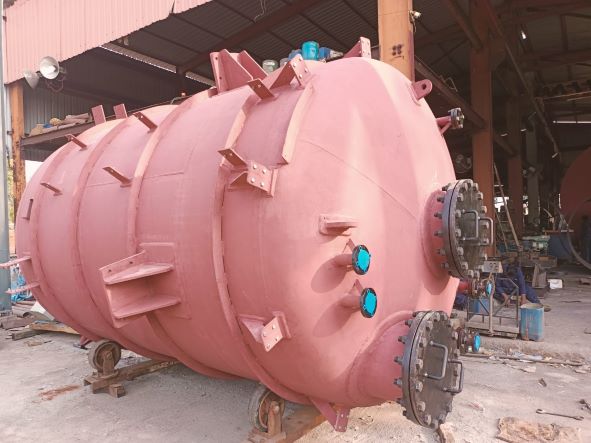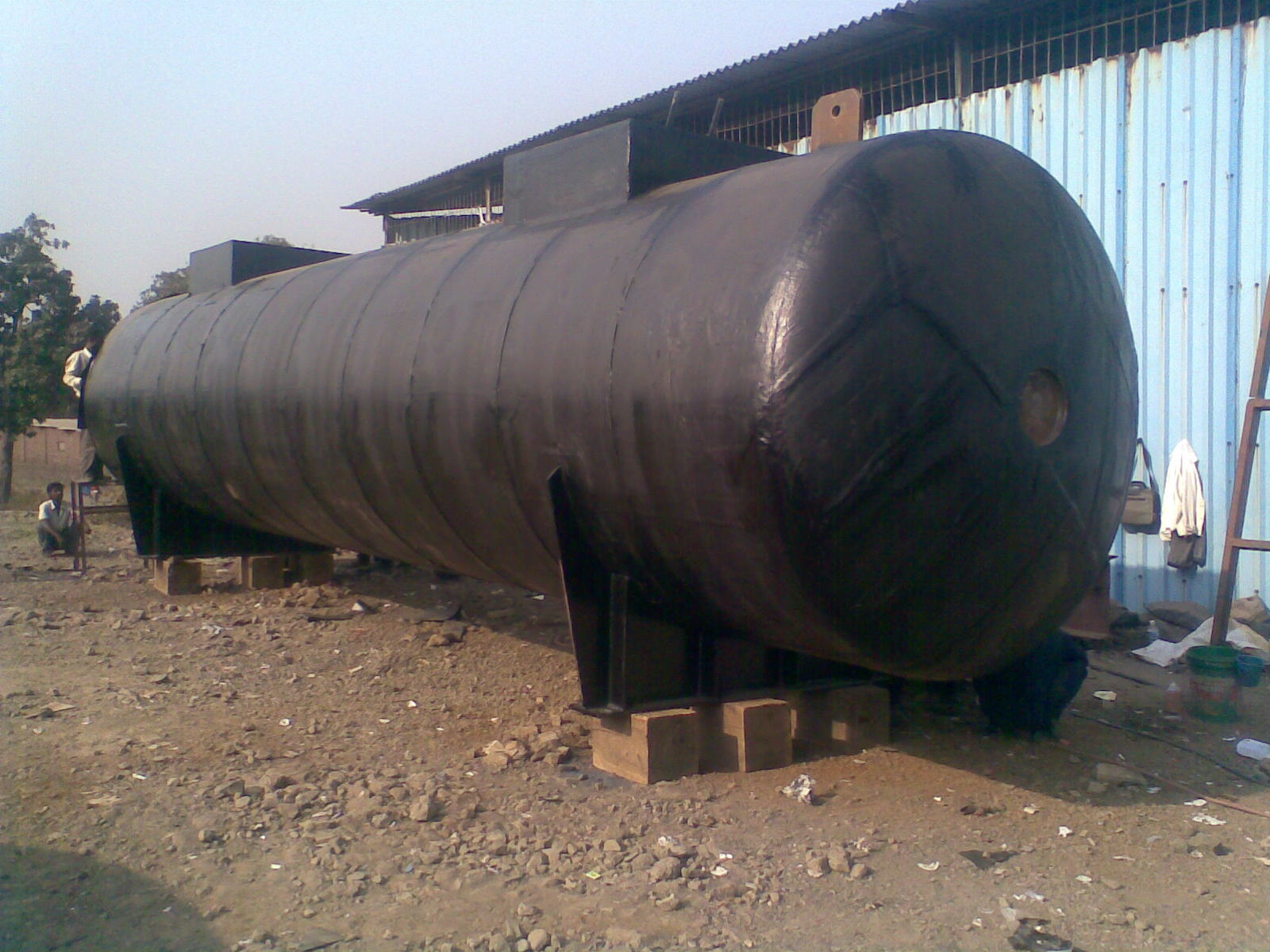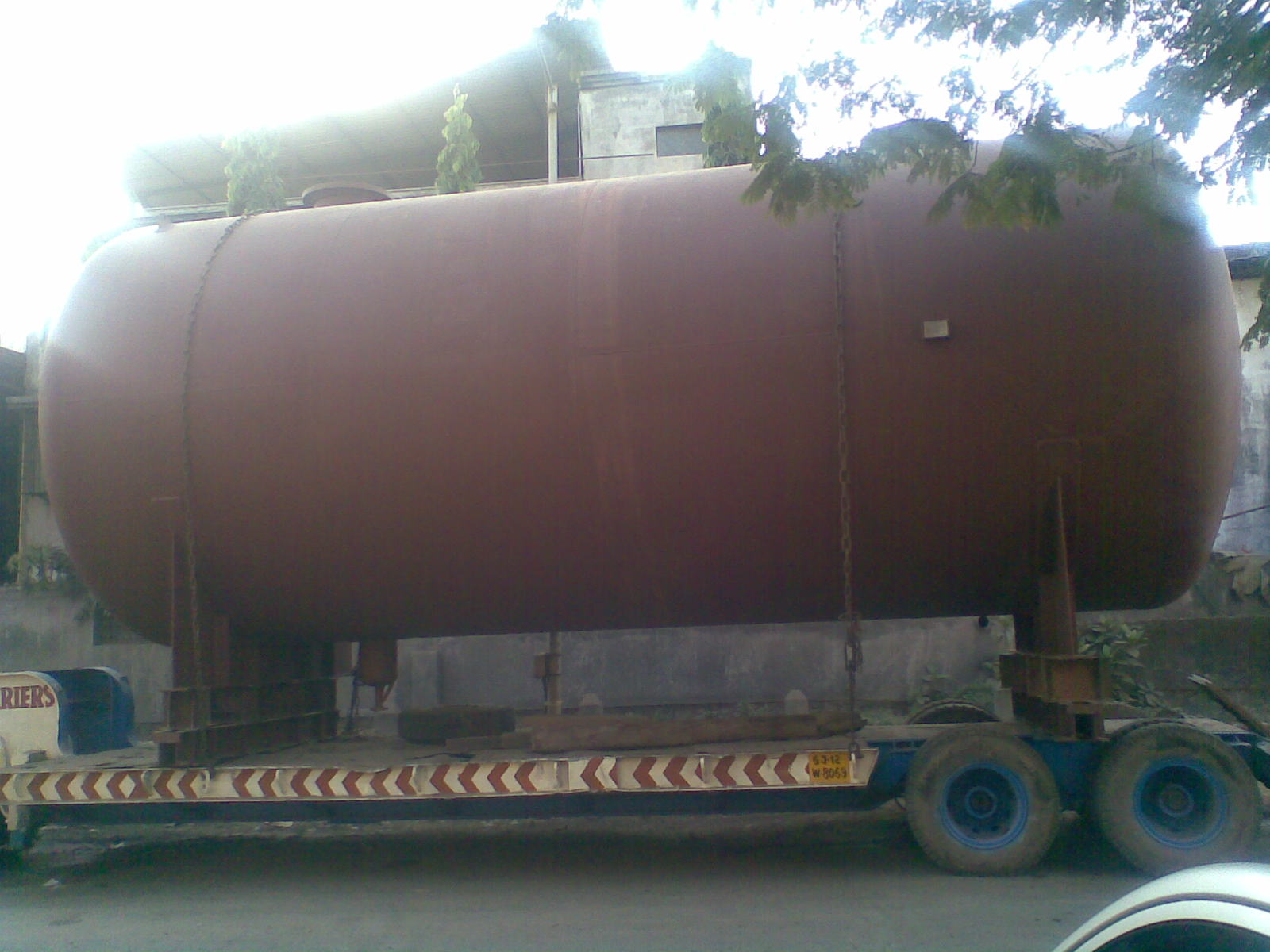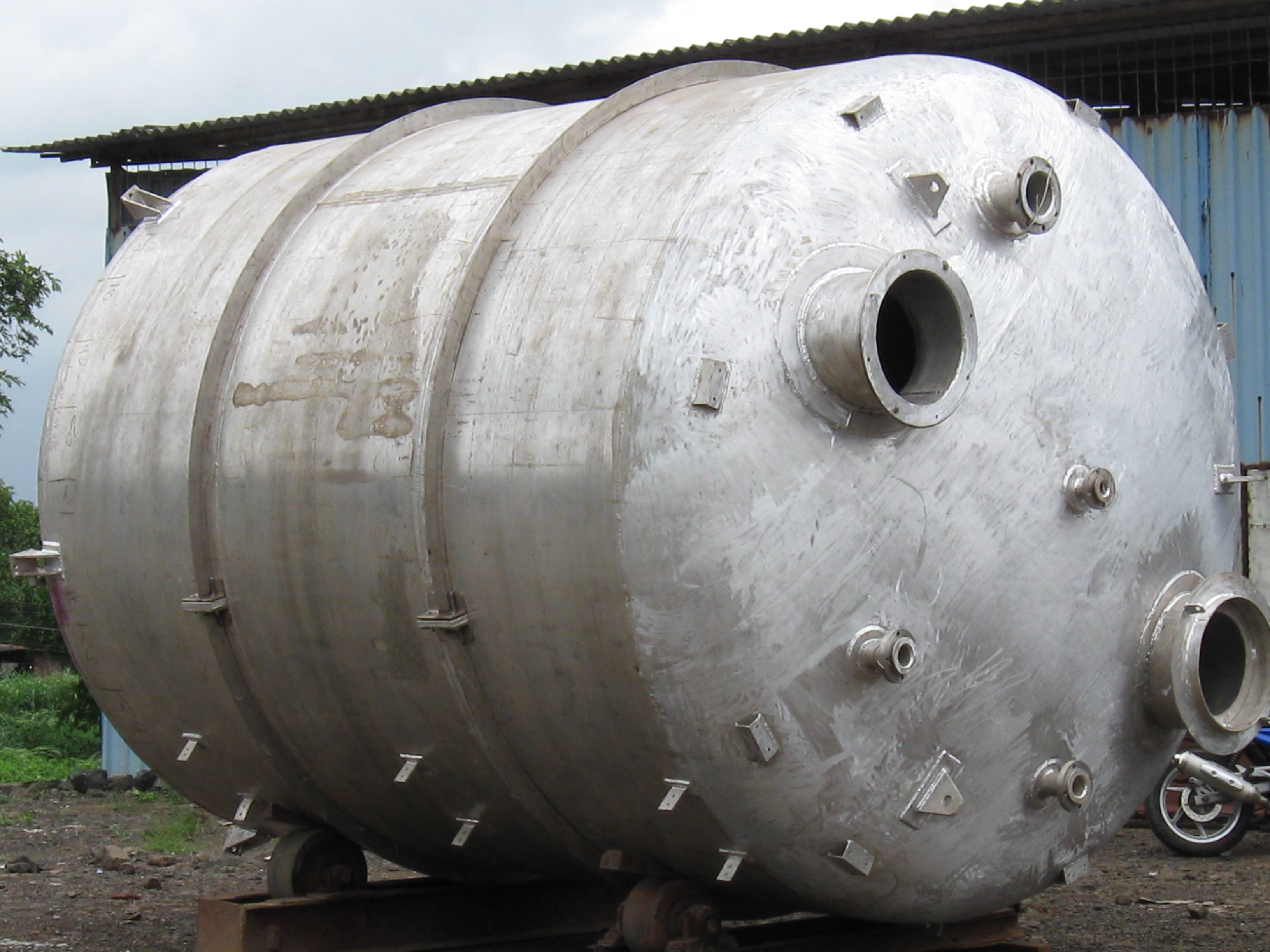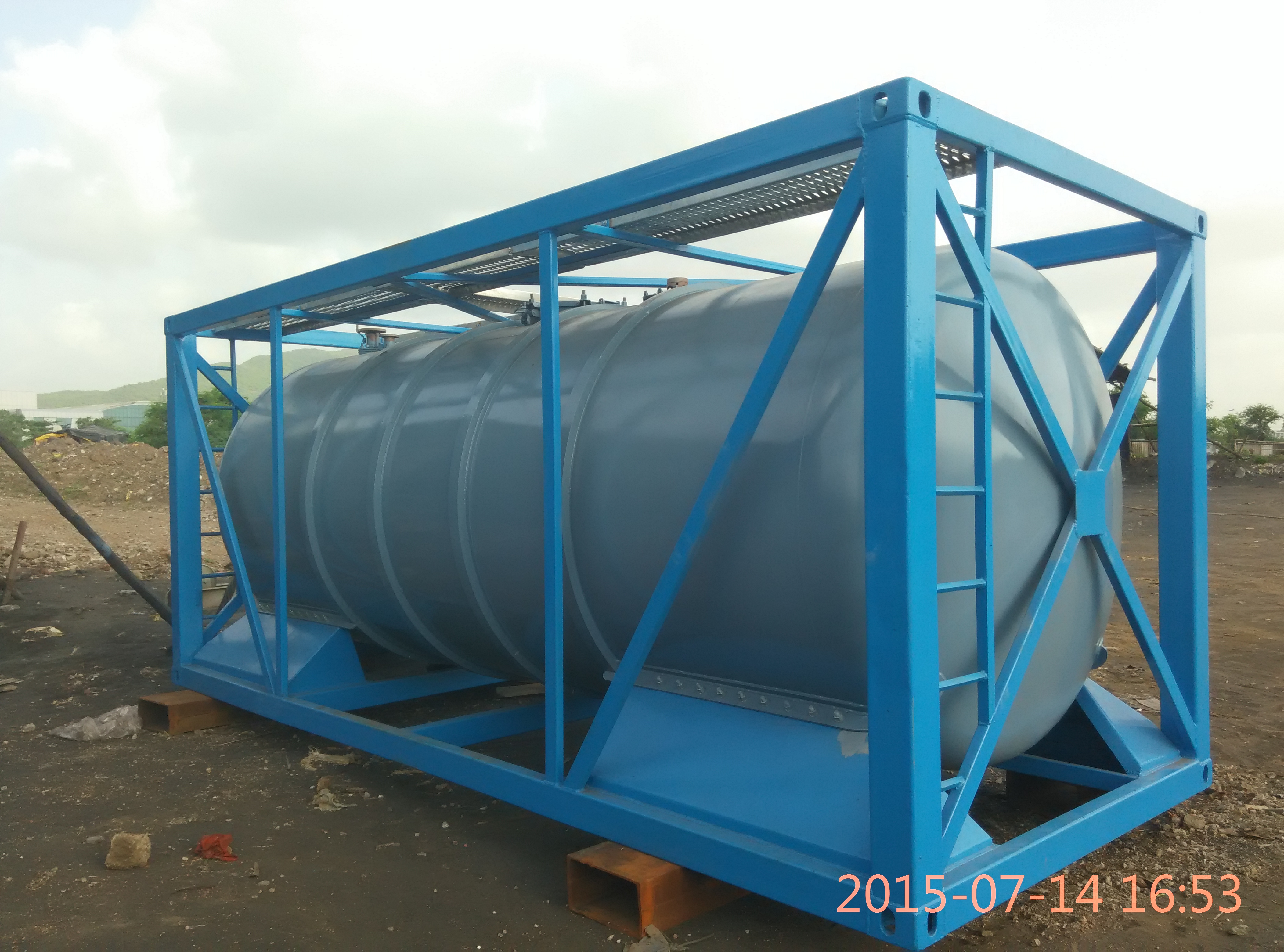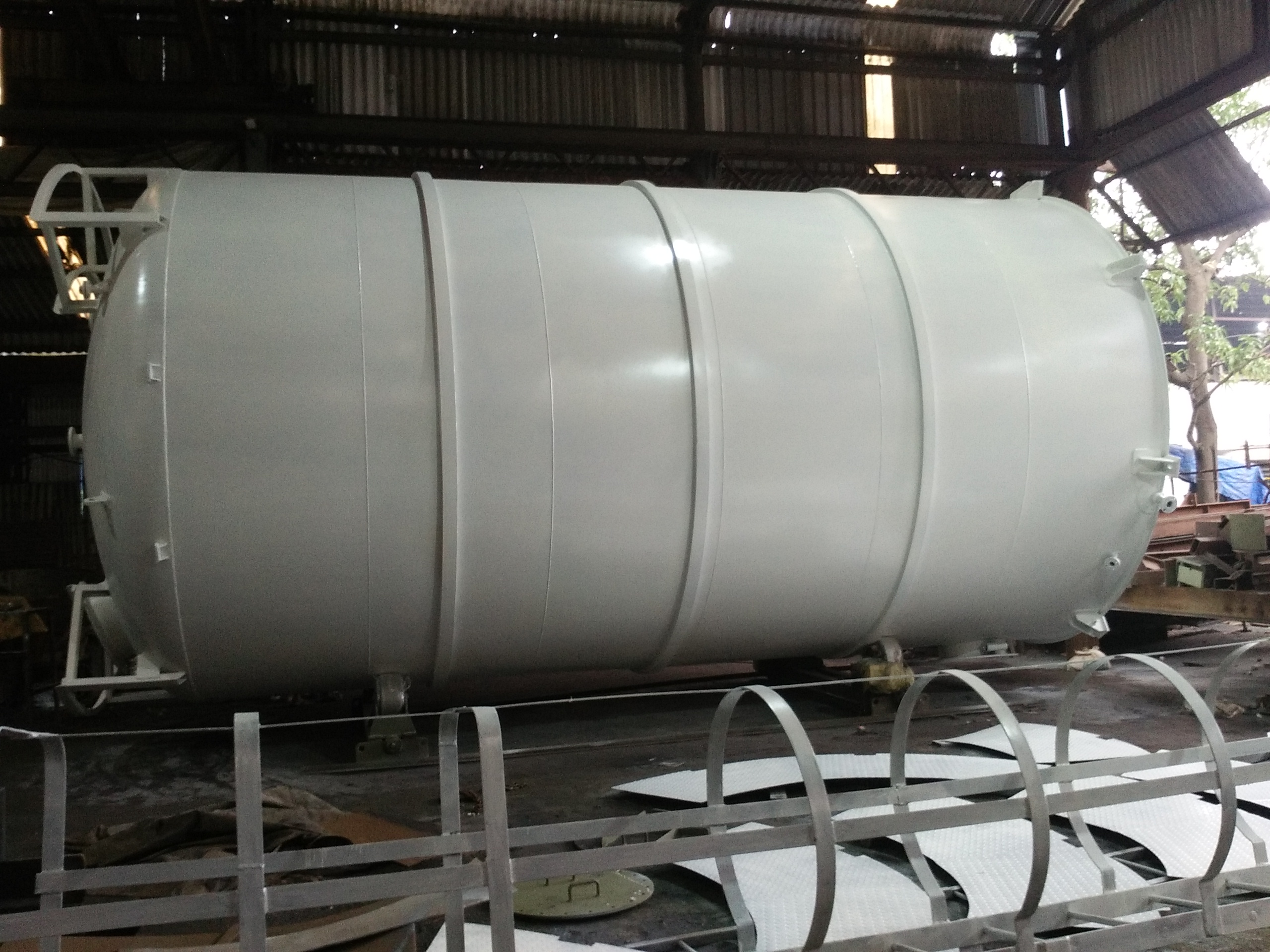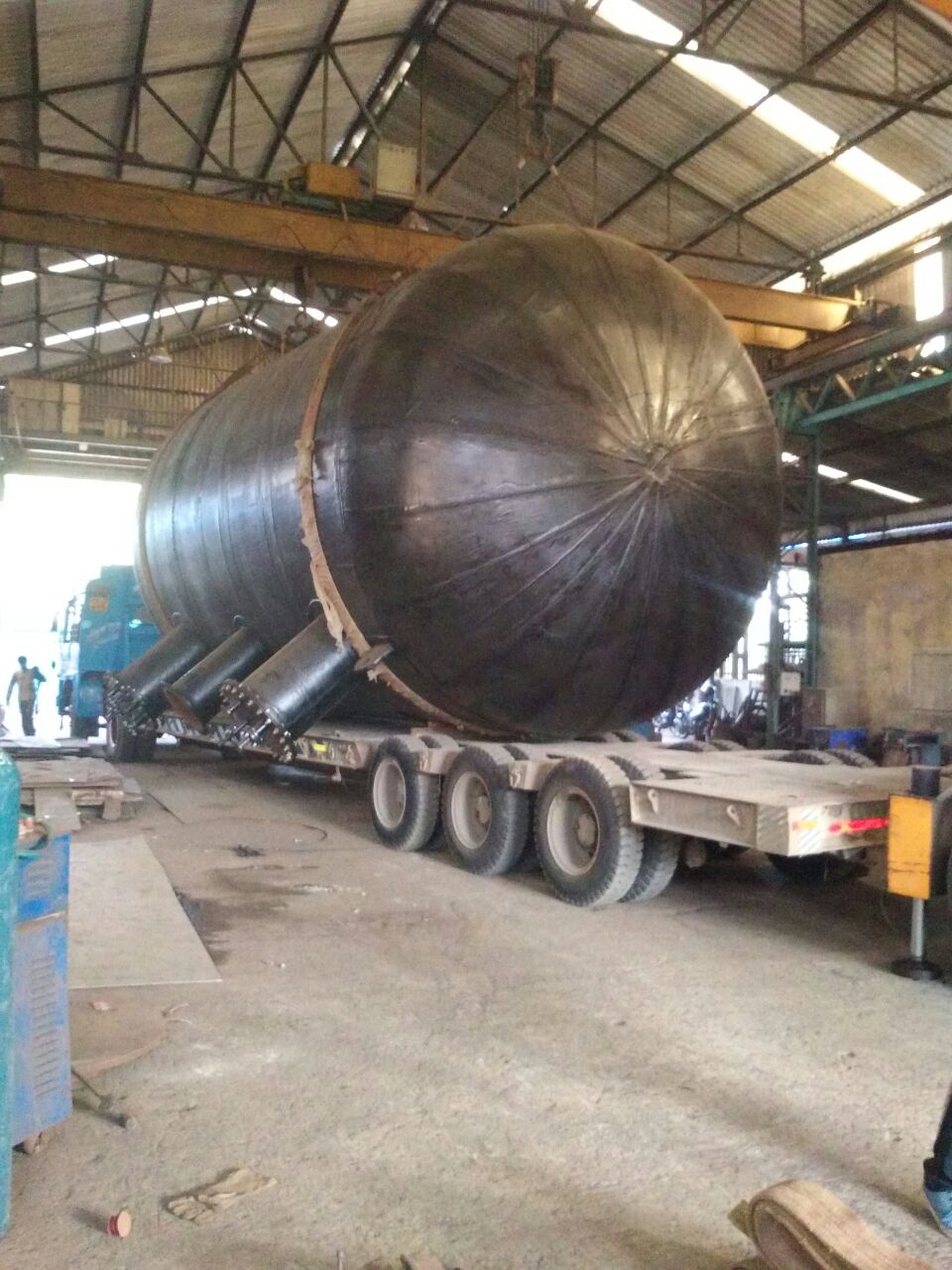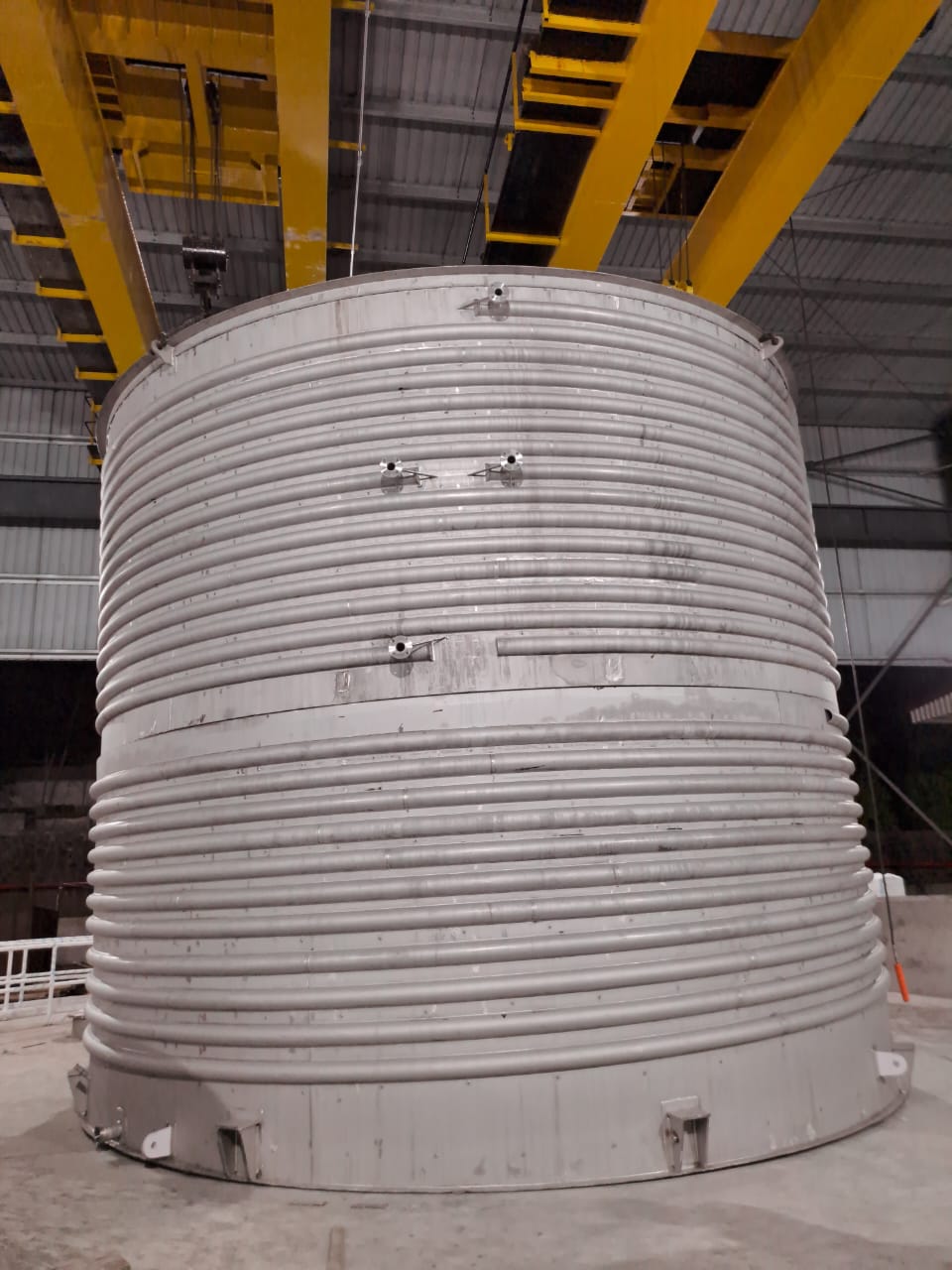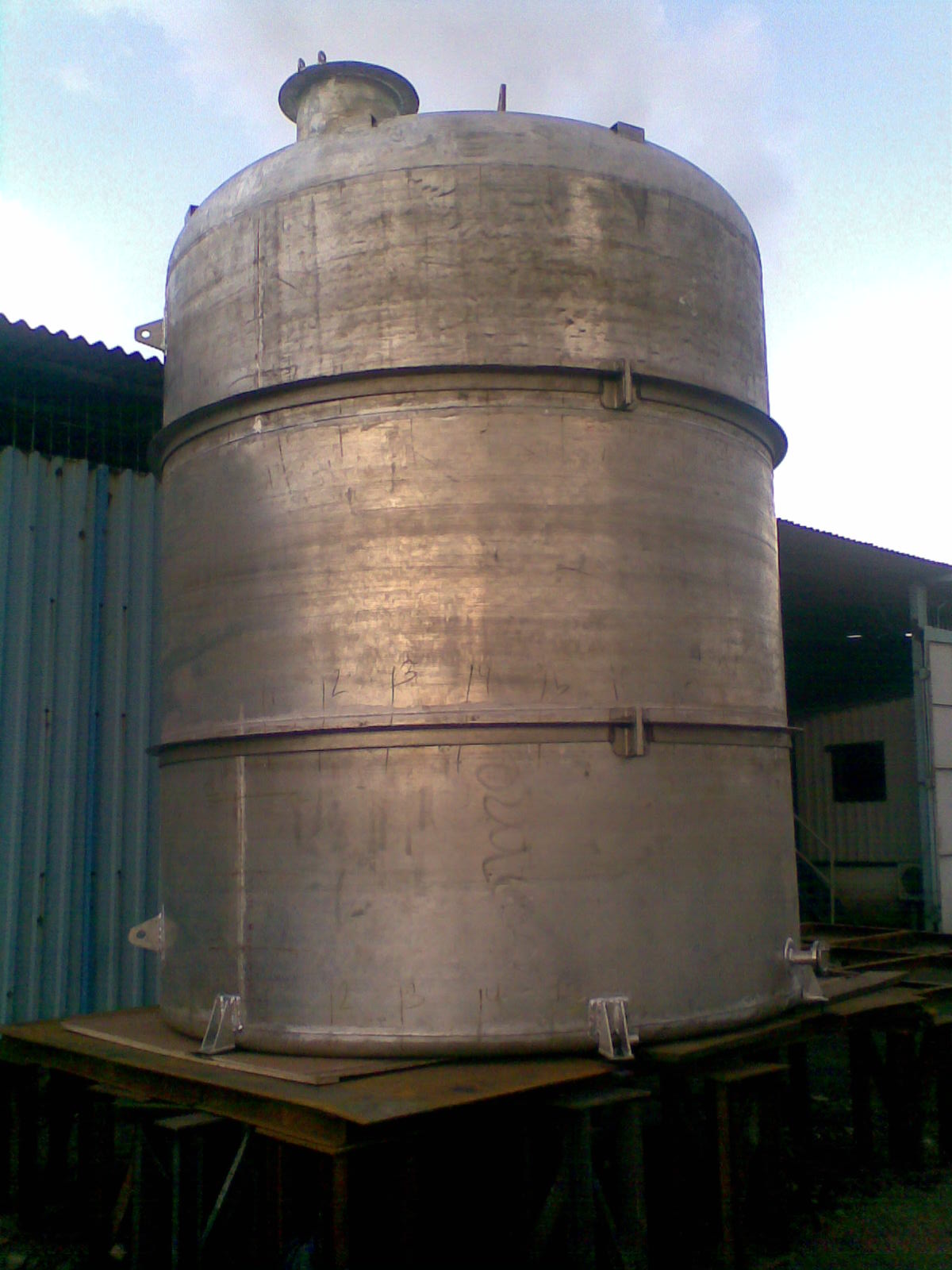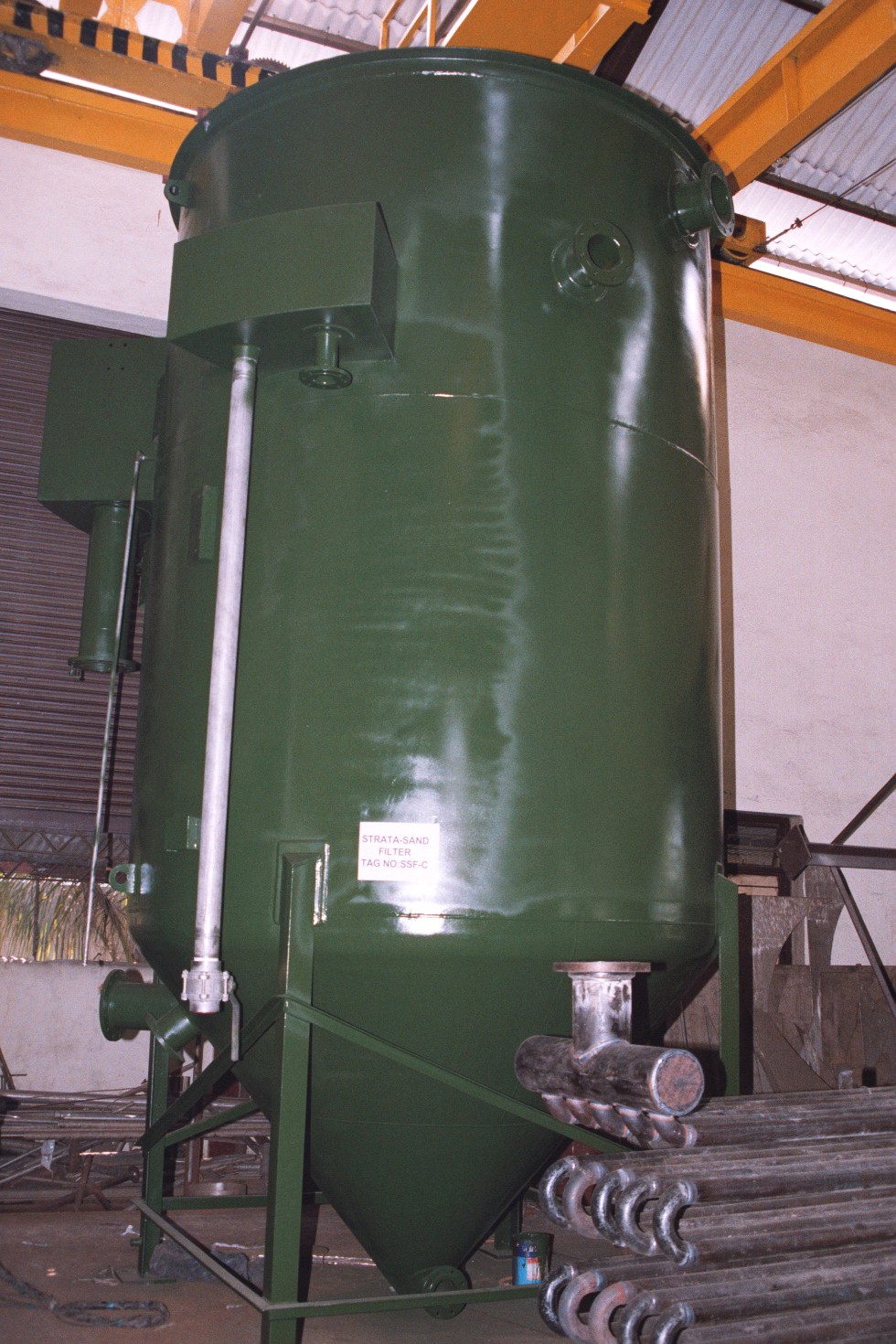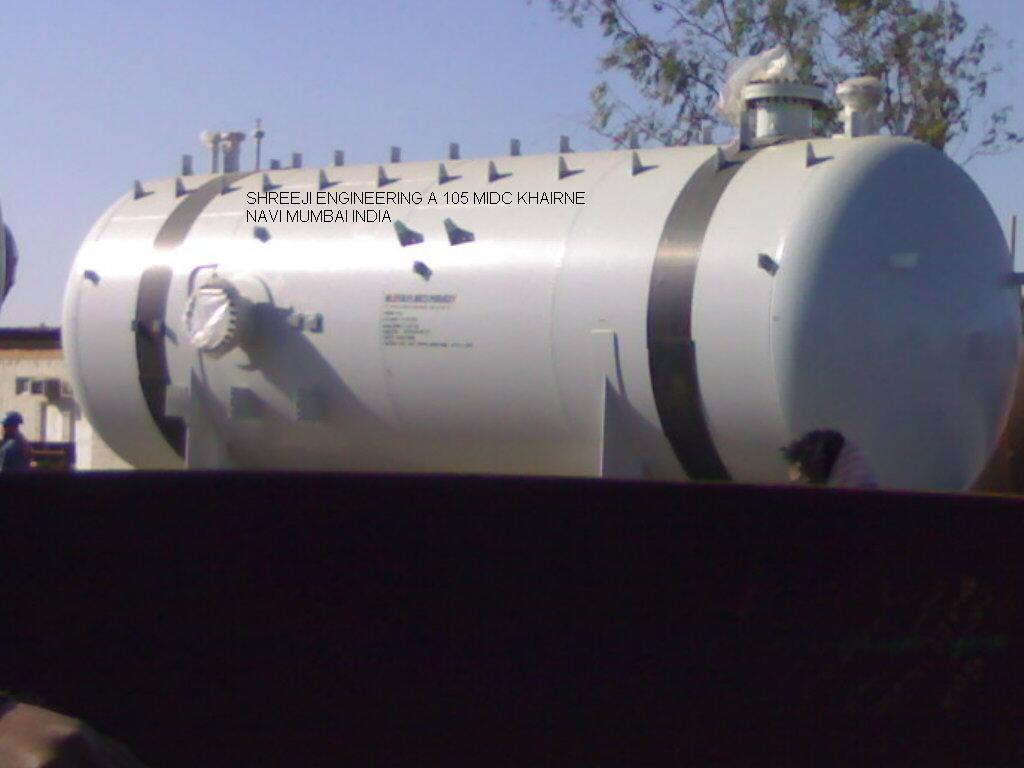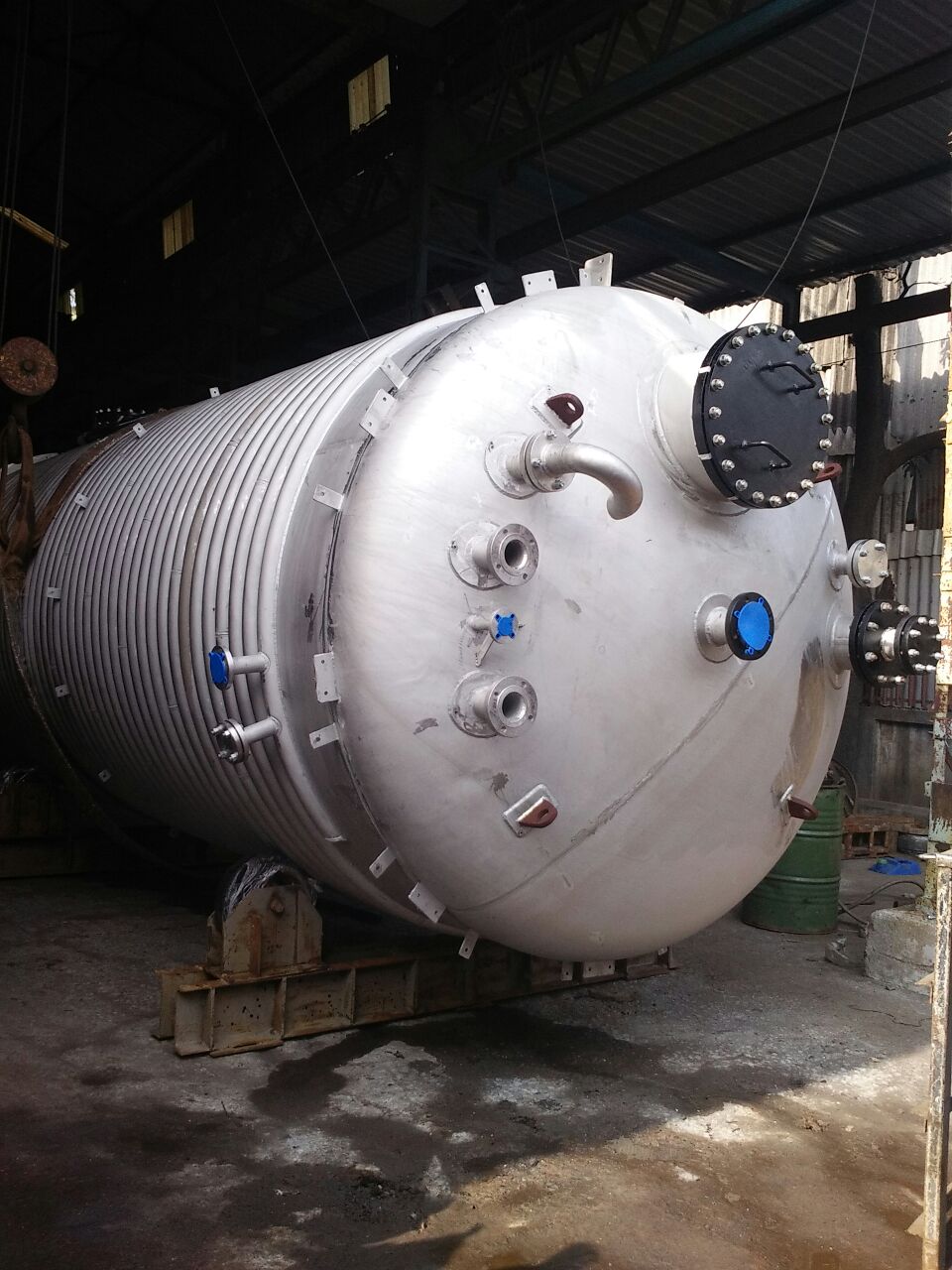Storage Tank
Storage tanks are the containers that hold fluids, packed gases, or mediums utilized for the short or long-term storage of heat or cold. The term can be utilized for repositories and fabricated holders. Storage tanks work under no tension, recognizing them from pressure vessels. Storage tanks are in many cases round and hollow in shape, opposite to the ground with level bottoms, and a decent frangible or drifting rooftop. There are typically numerous ecological guidelines applied to the plan and activity of storage tanks, frequently relying upon the idea of the liquid held inside. Storage tanks are accessible in many shapes: vertical and even round and hollow; open top and shut top; level base, cone base, slant base, and dish base. Enormous tanks will generally be vertical barrel-shaped, or to have adjusted corners progress from vertical side wall to base profile, to more straightforward endure water driven hydrostatically incited tension of the contained fluid. Most storage tanks designed for taking care of fluids during transportation are intended to deal with fluctuating levels of tension. Since most fluids can spill, dissipate, or leak through even the littlest opening, unique thoughts should be made for their completely safe dealing with. This typically includes building a bunding, or regulation dam, around the tank, with the goal that any spillage might be securely contained.
At Right Fabricators, multiple storage tanks are designed according to the required fabrication demand from various industries as we supply our products to multiple business verticals.
There are multiple types of Storage Tanks dependent upon their requirements:- ● Fixed-roof tanks
- ● External floating roof tanks
- ● Internal floating roof tanks
- ● Domed external floating roof tanks
- ● Horizontal tanks
- ● Pressure tanks
- ● Variable vapor space tanks
- ● LNG (Liquefied Natural Gas) tanks
The first four tank types are cylindrical in shape with the axis oriented perpendicular to the subgrade. These tanks are almost exclusively above ground. Horizontal tanks are often used above and below ground. Pressure tanks often are horizontally oriented and spherically shaped to take care of structural integrity at high pressures. they're located above ground. Variable vapor space tanks are often cylindrical or spherical in shape.

